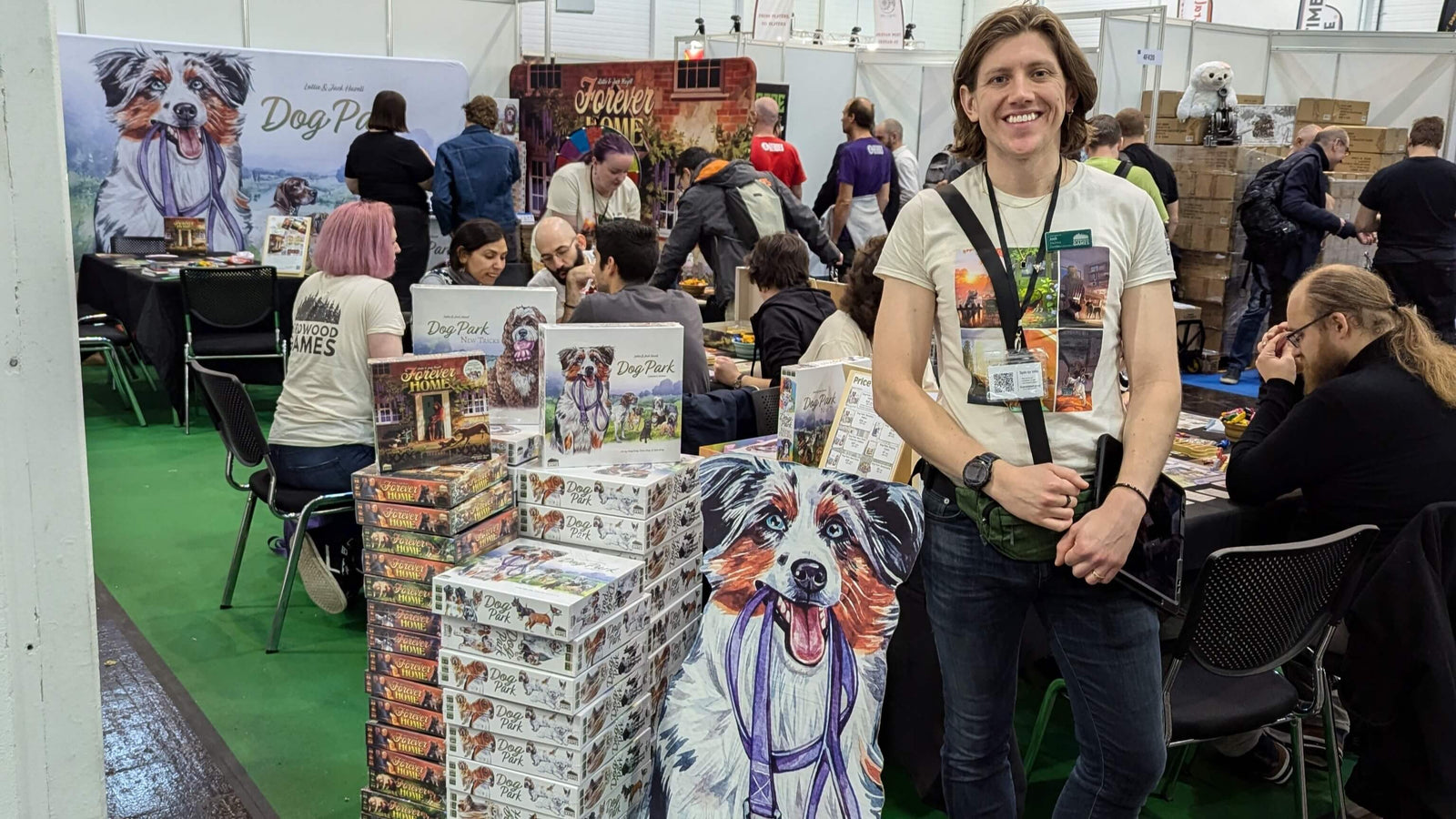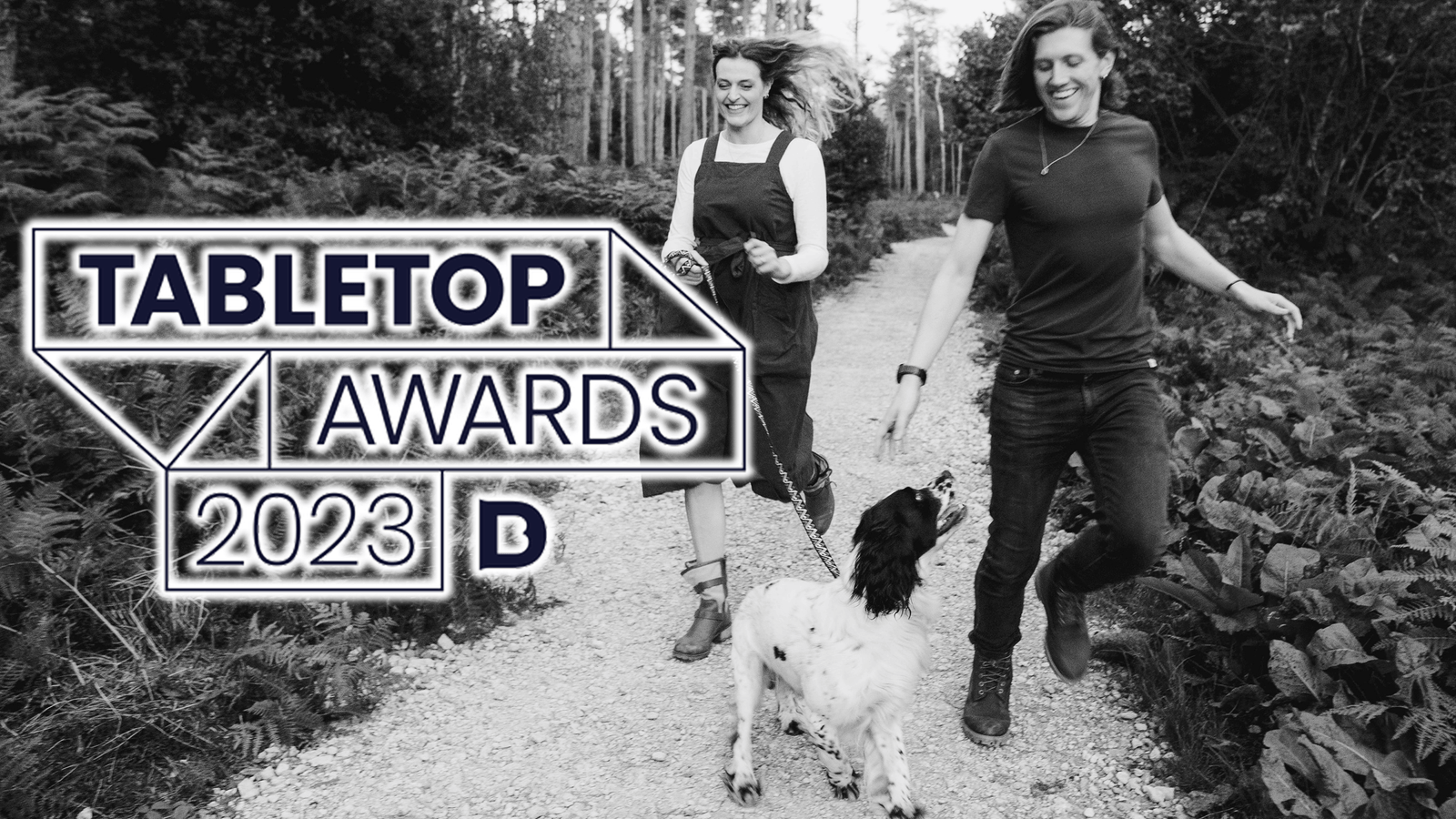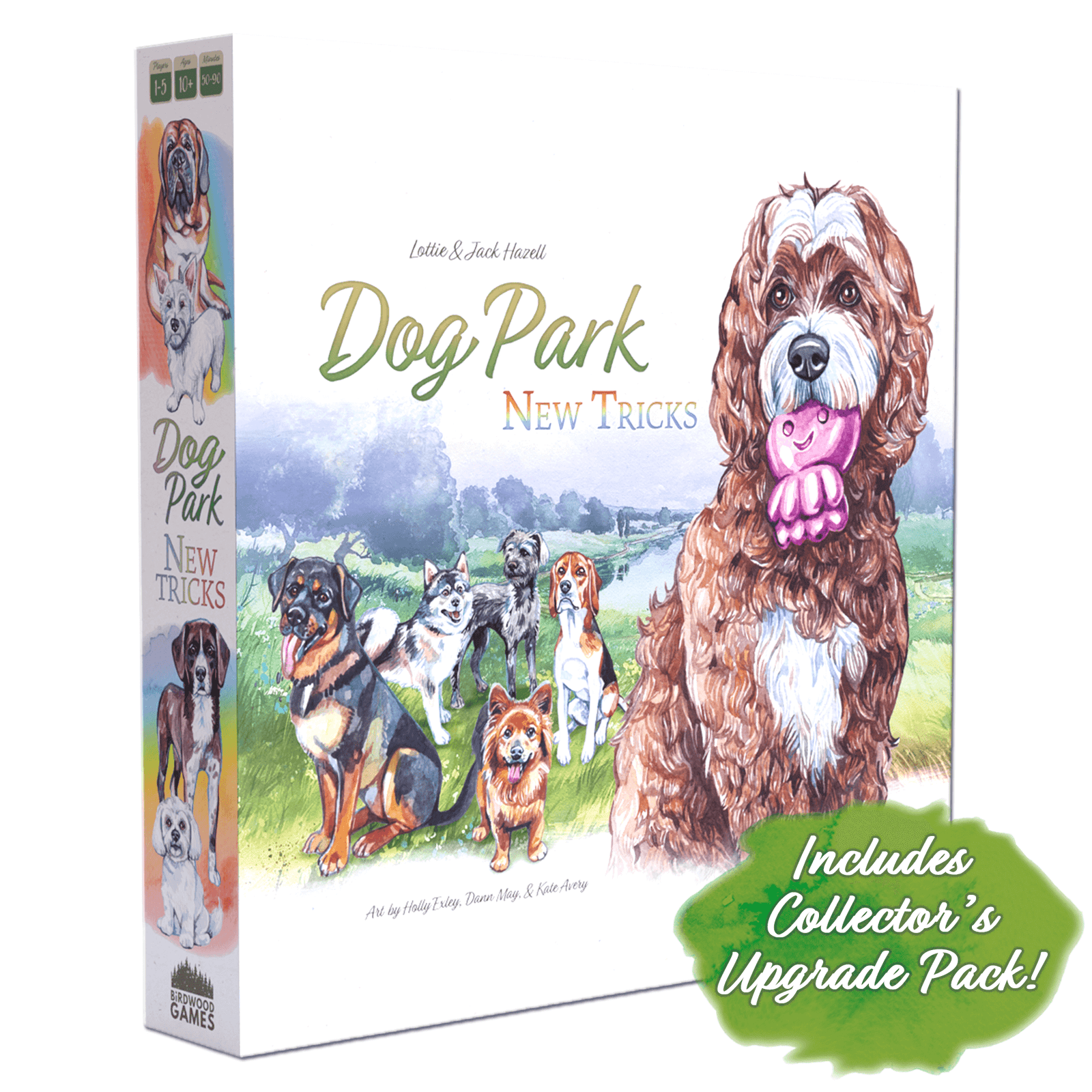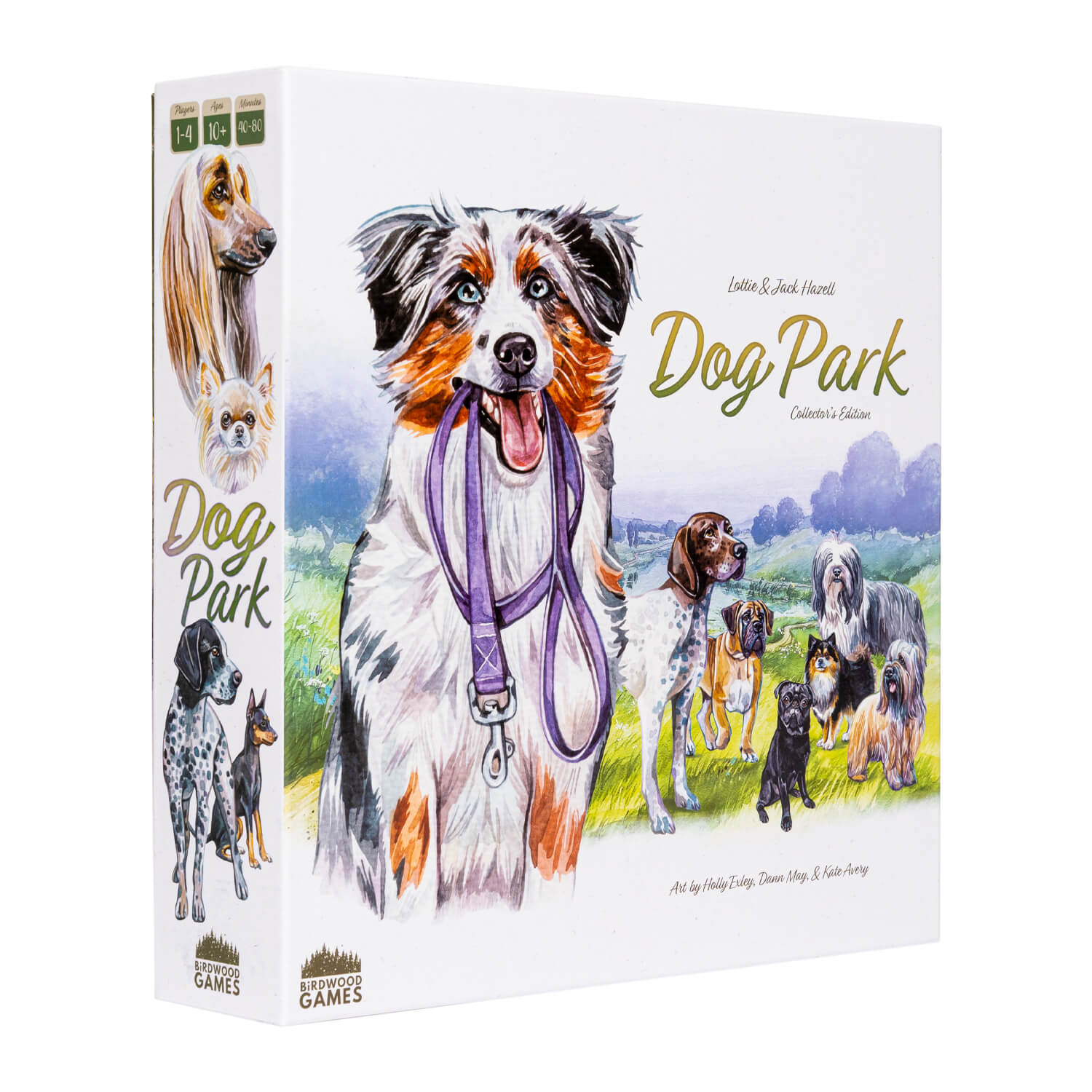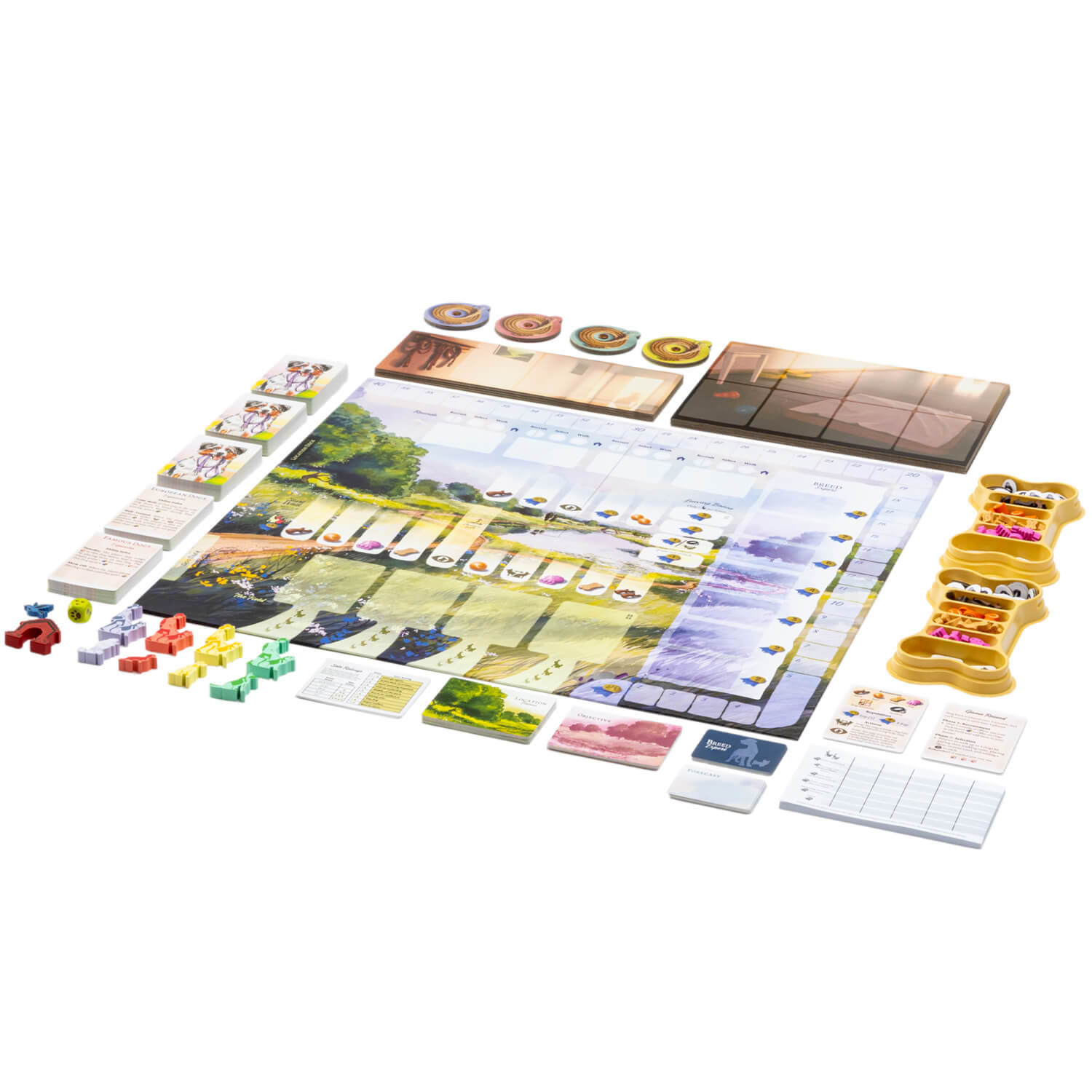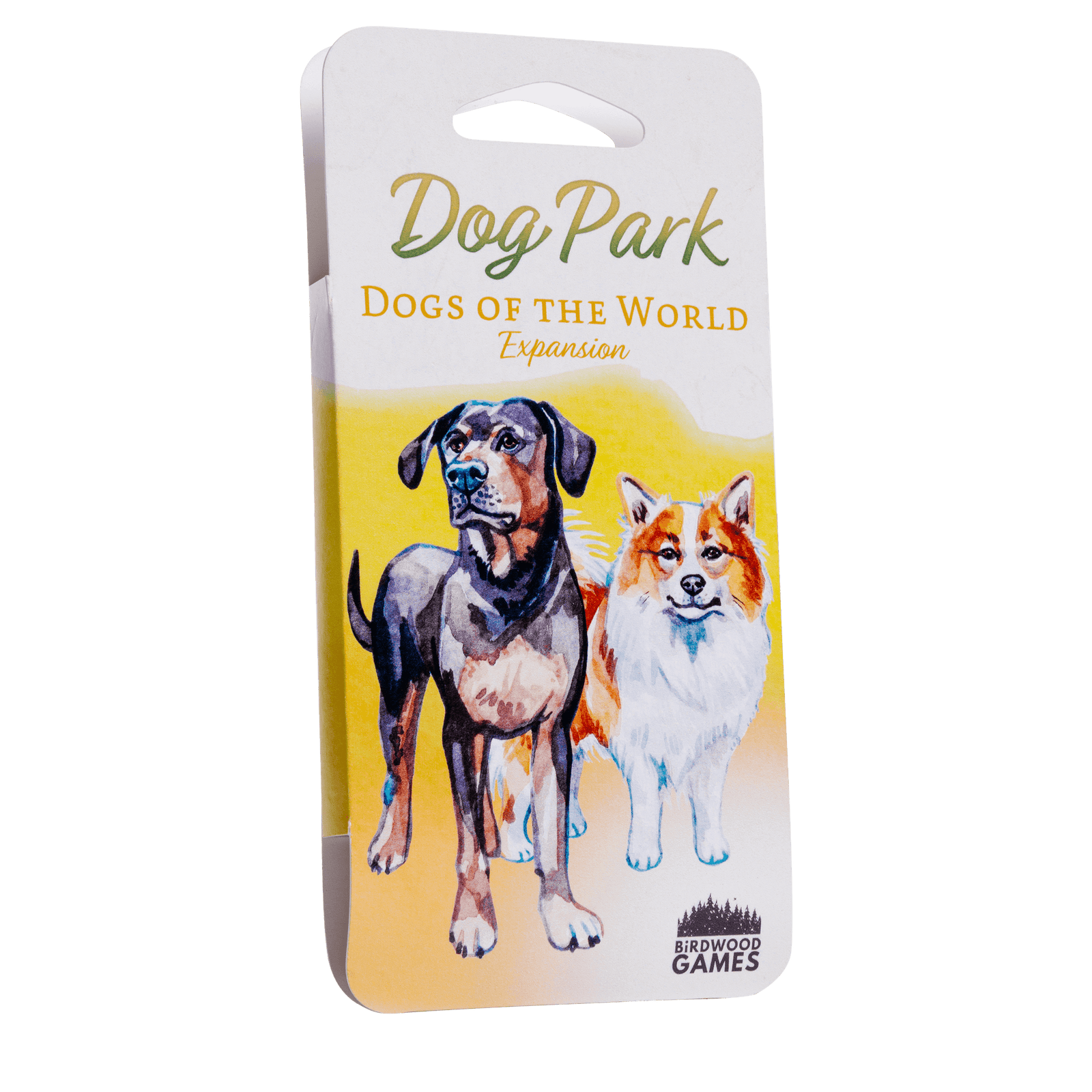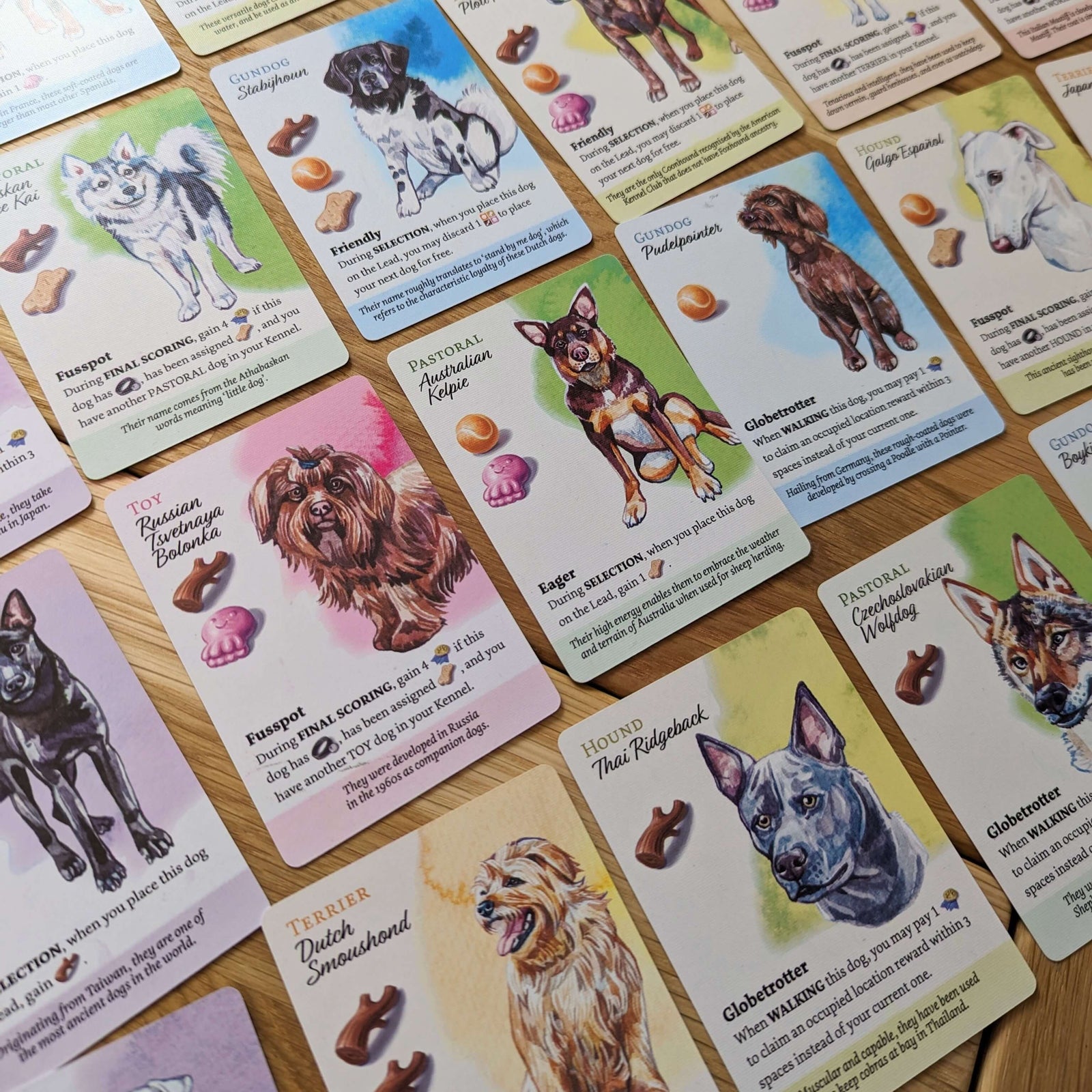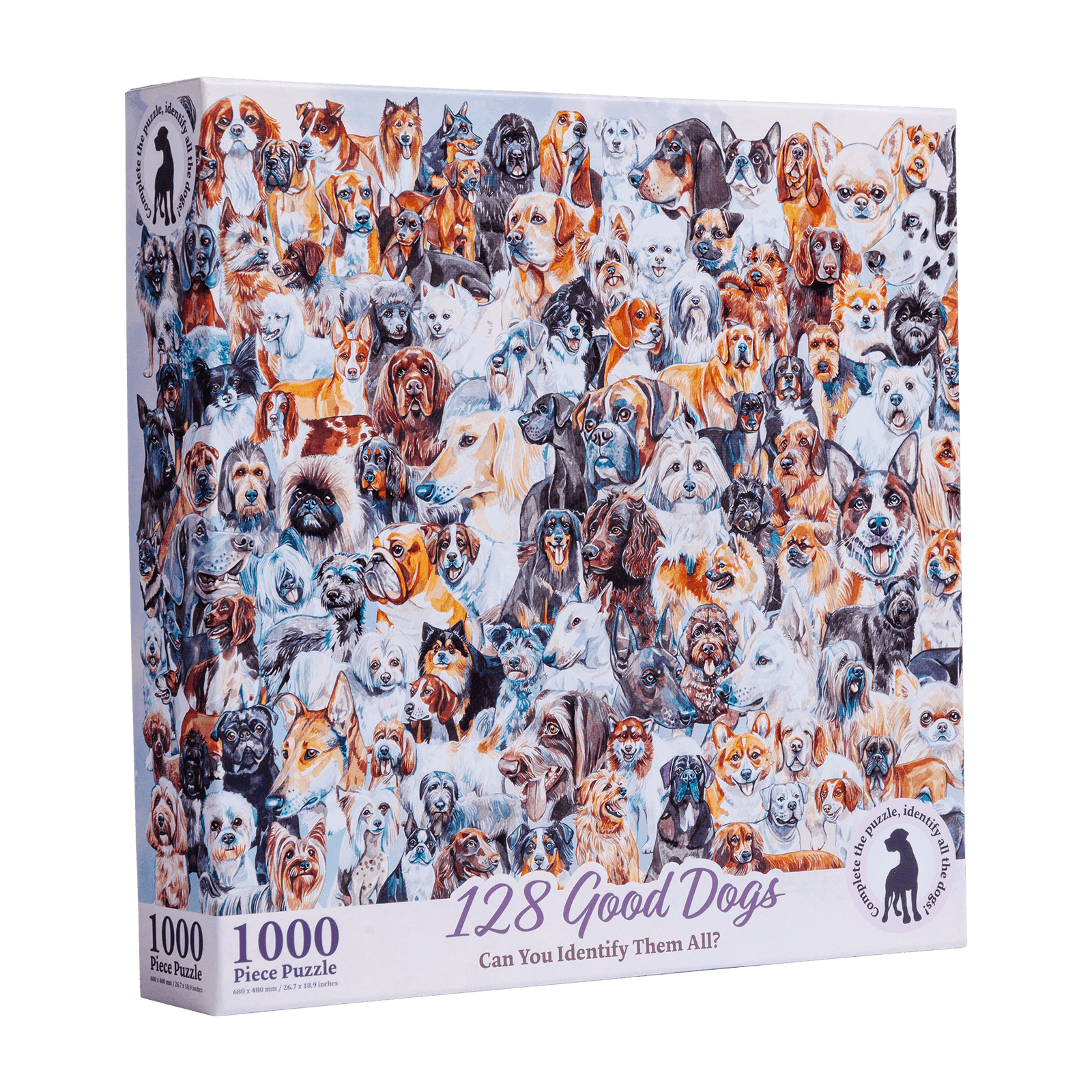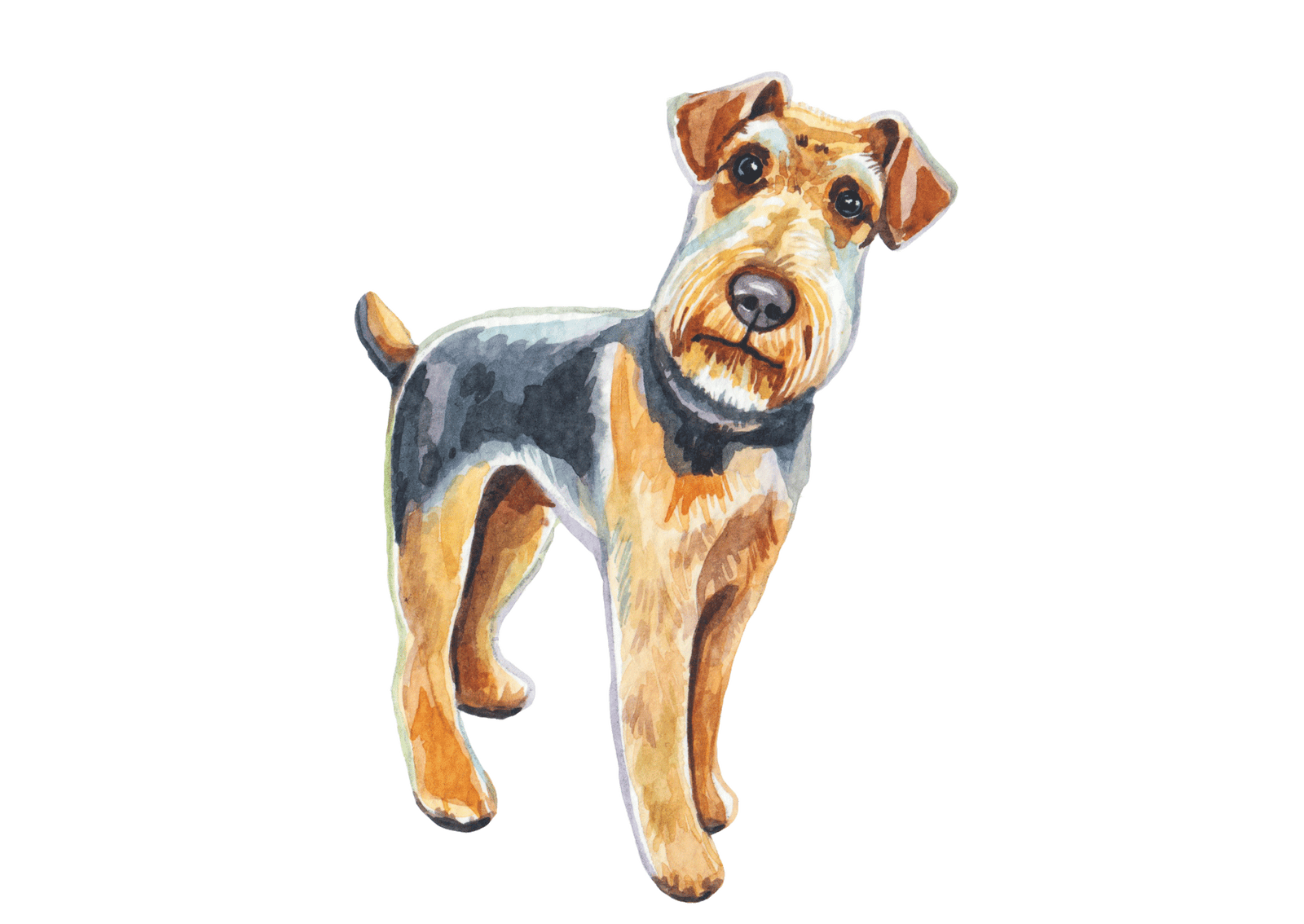Gemma Newton is the founder of Moonstone Games and the designer of Plotalot, an addictive, light-strategy card game about the trials and triumphs of growing vegetables. We caught up to talk about being a board game designer, the importance of eco-friendly decisions as a publisher, and first board game loves.
1. What inspired you to launch Moonstone Games?
Plotalot, my first game, had been cultivating in my mind for a while, to the point where I had a working prototype that friends were really enjoying. For a long time, I was nervous about putting the game out there – creating it was such a personal journey – but as more people gave me words of support, I eventually decided to go for it. I pitched the idea to a few publishers, all of whom declined. It knocked my confidence, but I decided to push on and publish the game under my own company with funding from Kickstarter. Whilst this route was riskier and more demanding on my time, it gave me complete creative control over the design, look, feel and, importantly, eco-consciousness of the whole process. Now when I look back, I’m so pleased it panned out this way.
2. What’s the best game you’ve played in the past year?
I rent a lot of games – I find this gives me exposure to various titles, many of which I wouldn’t necessarily buy but want to try. It’s fantastic for research, testing different game mechanics, and having total confidence in purchases. During the past year, games that have stood out to me are Five Tribes, Scythe, The Crew, Magic Maze, Cartographers and Dice Forge (to name a few). My favourites, however, have to be Coimbra or Le Harve… don’t make me choose!
3. What game do you find yourself recommending the most?
It really depends on the audience. I often recommend Takenoko for gateway gamers – it’s gorgeous, easy to grasp, and looks great on the table. For a party game, Magic Maze or Perudo. For more complex games, I don’t think you can go wrong with Everdell, Agricola or Scythe.
4. Describe your taste in games in three words:
Beautiful, thematic, strategic.
“I’d love to see more women designing games as it’s a fantastic creative outlet”
5. What would you like to see more of in board games?
I’d love to see more women designing games as it’s a fantastic creative outlet that boosts personal confidence and growth. We see many female players but fewer female designers, so I hope that changes in the future. I’d also love to see designers and publishers getting really creative with eco-friendly components, packaging, and themes; every little bit we can do to help the environment is a win-win.
|
|
|
6. What’s the last game you added to your collection?
Cartographers. I’ve never really been into roll and write games, but I rented this one and just had to own a copy. My husband and I took it away with us on a mini holiday recently, and it was a great chilled activity for TV-free evenings. It’s opened my eyes to the roll and write genre, and I’ll be looking to play similar titles in the future for sure.
7. What’s your favourite thing about being a board game designer?
Seeing ideas come to life. Plotalot was a prototype for such a long time, but when the first professional colour illustrations came back, it felt like a huge leap forward. My stack of paper and hand-drawn cards were given an identity, a look and a character. Making the game a physical product suddenly felt very real and possible. I love taking something from my head to paper and then working with talented artists to give it new life.
8. What do you feel is the biggest mistake you’ve made as an independent board game publisher?
I’m a very creative person – think crazy scientist with colouring pencils - who loves nothing more than getting lost in artwork detail and game mechanics. But this intense focus means I sometimes lose sight of the numbers. While researching exact fees or international postage tariffs isn’t as sexy as finalising artwork or storytelling, these parts of the process are hugely important. I’ve found myself stung here because I was lost down a glittery rabbit hole. Doing your research on costs is so important because, after all, there needs to be enough cash in the kitty to keep going! When you’re running a business on your own, you’re head of product, sales, distribution, marketing, and finance. You have to keep on top of every area, which isn’t always easy. Know where your strengths lie, and if you find yourself struggling in a particular area like I did, don’t be afraid to ask for help – it’s often the best move you can make.
“Other than game design, I was a Zookeeper for a while”
9. What’s the strangest job you’ve had outside being a board game designer and publisher?
This has to be up there with the strangest job I’ve had – in a good way. Every day there’s a new challenge to deal with, and I’m constantly looking for opportunities to be creative, either with game mechanics, materials or retailers. Other than game design, I was a Zookeeper for a while, which was a fantastic experience. I conquered my fear of spiders by cleaning out the tarantula cage and also found a new love for reptiles!
10. What’s your most surprising passion or hobby?
I cannot go to a plant shop without buying a new indoor plant. At first, I thought – you just like plants. I have since realised it’s an addiction. Luckily, I have a fantastic conservatory at home, which is a haven for all things flora, and I love adding to my collection – the weirder and more unique, the better. The interest has naturally expanded outside into the garden, where I spend a lot of time getting a healthy dose of nature and tending to vegetables. I think it’s essential for mental health and relaxation; just being out there makes me feel calm and revitalised no matter what kind of day I’ve had.
11. What tips would you give to someone trying to launch their first game on Kickstarter?
There are a lot of big publishers throwing tonnes of money at Kickstarter campaigns which can be daunting for a newbie. Standing out is becoming a real issue. I took my time, spent only what I could genuinely afford and had an open and honest mission behind my game. I made it clear that I was trying to do something different by limiting plastic and taking a more eco-conscious approach to manufacturing decisions. I think this really appealed to people. I was also very conscious about regularly communicating with my backers, making sure they had news at every stage. Just be yourself, don’t worry about a high production value on the page, save that for the final product and spend your budget where it’s important to you.
12. Tell us about a game you’ve replayed many times (and why)
I’ve lost count of the number of times I’ve played Agricola. It’s the title that got me into board games, and I always recommend it to people once they’ve played a gateway game. It’s not flawless, and you can spectacularly mess it up, but that’s part of the challenge! I love resource-driven worker placement games with a strong theme, so this one ticks all my boxes. I’ve spent time exploring other titles by Uwe Rosenberg, and there aren’t many I don’t like; I’m a big fan of Caverna and Le Harve. I’ll always have a soft spot for Agricola, though – my first board game love.
You can keep up with Gemma and Moonstone Games by following them on Instagram and Facebook.

